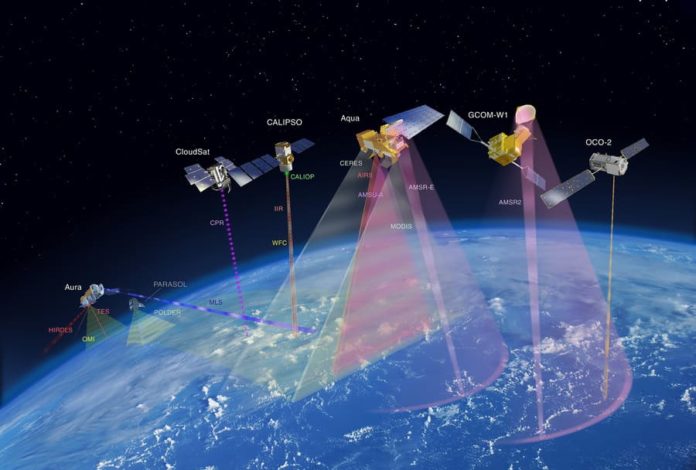Climate change is a global challenge that requires a global perspective to understand fully. One of the most powerful tools we have for studying climate change is satellite technology. From their vantage point in space, satellites offer a unique view of Earth, providing crucial data that helps scientists monitor and analyze the planet’s changing environment. But what exactly do these satellites reveal about climate change? Let’s dive into the insights they provide and how this data is shaping our understanding of the climate crisis.
The role of satellites in climate monitoring
Measuring global temperature changes
Satellites are essential for tracking temperature changes across the globe. They provide precise measurements of:
- Surface temperatures: Both land and ocean temperatures are monitored, giving a comprehensive view of global warming.
- Sea surface temperatures: Satellites track warming oceans, which are a key indicator of climate change and have significant impacts on weather patterns and marine life.
Observing ice and snow cover
The polar regions are particularly vulnerable to climate change, and satellites are crucial for monitoring these areas. They provide detailed data on:
- Ice sheets and glaciers: Satellites track the size and movement of ice sheets and glaciers, revealing alarming rates of ice melt in places like Greenland and Antarctica.
- Snow cover: Changes in seasonal snow cover are monitored, which can impact freshwater resources and ecosystems.
Monitoring sea level rise
One of the most concerning aspects of climate change is the rising sea levels. Satellites measure this with great accuracy, tracking:
- Global sea level changes: Satellites monitor the average rise in sea levels, which is caused by melting ice and the expansion of seawater as it warms.
- Coastal erosion: The impact of rising sea levels on coastlines, including increased erosion and flooding, is also observed.
Tracking deforestation and land use changes
Satellites provide critical data on how human activities are affecting the planet, including:
- Deforestation: Monitoring the rate of deforestation, particularly in tropical regions like the Amazon, where large-scale tree loss contributes to increased carbon dioxide levels.
- Land use changes: Observing shifts in land use, such as urbanization and agriculture, which can affect local climates and contribute to greenhouse gas emissions.
Monitoring greenhouse gas emissions
Satellites play a vital role in measuring the concentration of greenhouse gases in the atmosphere, including:
- Carbon Dioxide (CO2): Satellites track CO2 levels globally, helping to identify sources of emissions and monitor the effectiveness of reduction efforts.
- Methane (CH4): Methane, a potent greenhouse gas, is also monitored, particularly from sources like agriculture, landfills, and natural gas production.
The impact of satellite data on climate science
Enhancing climate models
The data collected by satellites is crucial for improving climate models. These models help scientists predict future climate conditions by simulating how different factors, such as greenhouse gas emissions and deforestation, impact the planet. Accurate satellite data ensures that these models are as reliable as possible, providing valuable insights into potential future scenarios.
Supporting climate policy and action
Satellite data is not only vital for scientific research but also for informing climate policy. Governments and organizations use this data to:
- Assess the impact of policies: Monitoring the effectiveness of climate policies, such as emission reduction targets.
- Guide decision-making: Providing the information needed to make informed decisions on issues like disaster preparedness, resource management, and environmental protection.
Satellites are an indispensable tool in our efforts to understand and combat climate change. From tracking temperature changes and sea level rise to monitoring greenhouse gas emissions and deforestation, the data they provide is critical for both scientific research and policy-making. As we continue to face the challenges of a changing climate, the insights from space will remain essential in guiding our actions and shaping a sustainable future for our planet.













